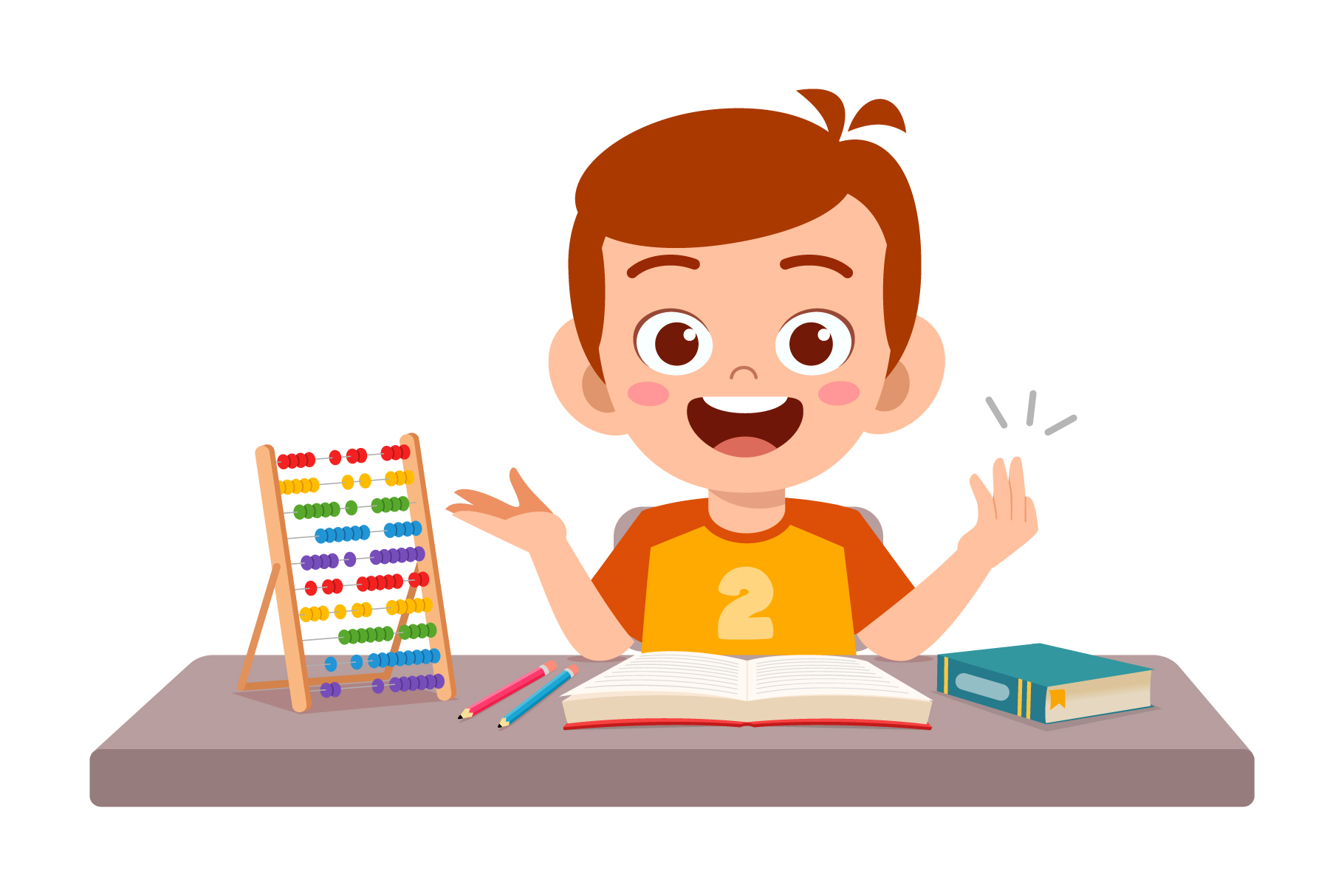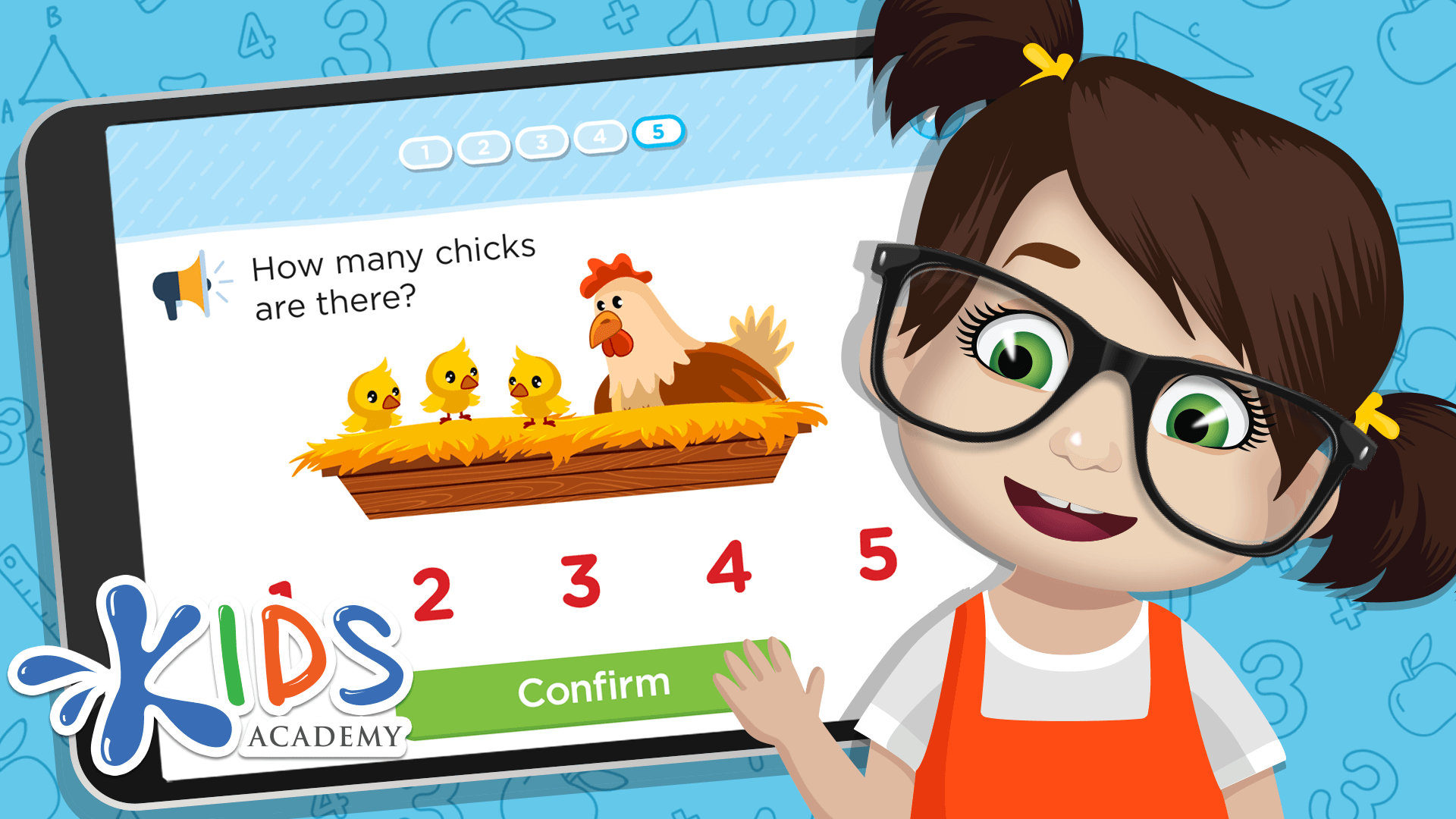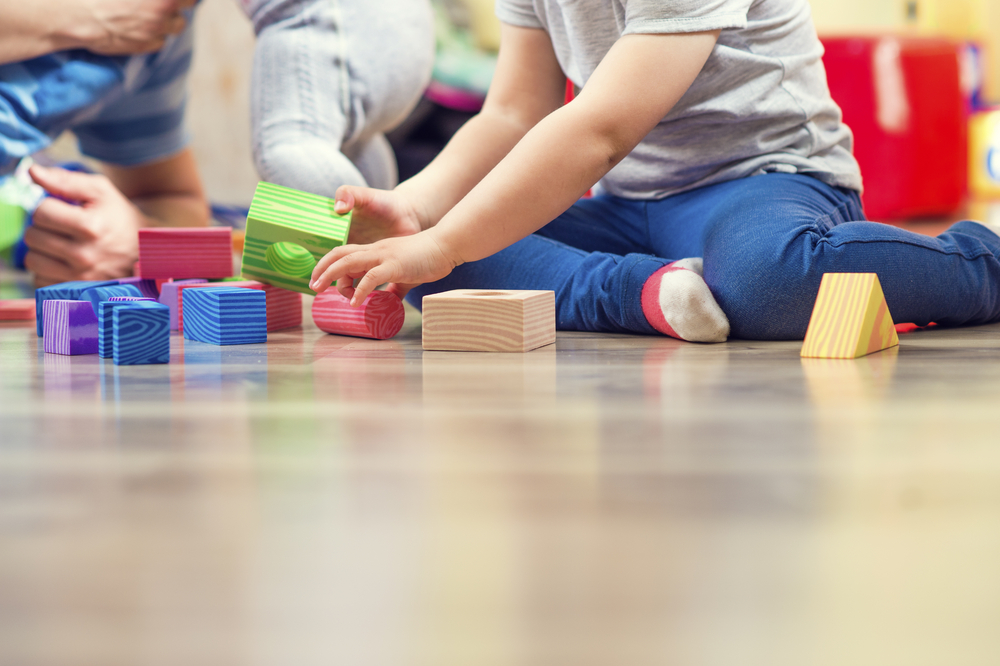Spatial awareness Normal Geometry Worksheets for Ages 3-7
7 filtered results
-
From - To
Ignite young minds with our engaging Spatial Awareness Normal Geometry Worksheets, designed specifically for ages 3-7. These vibrant worksheets from Kids Academy offer age-appropriate challenges that develop crucial spatial reasoning skills through fun, interactive activities. With a focus on basic geometric shapes and positional concepts, children enhance their visual-spatial understanding and build a strong foundation in math. Perfect for preschool to early elementary learners, our printable worksheets turn learning into a playful adventure, helping children master geometry while boosting their confidence and cognitive development. Start building your child's spatial awareness today with Kids Academy!
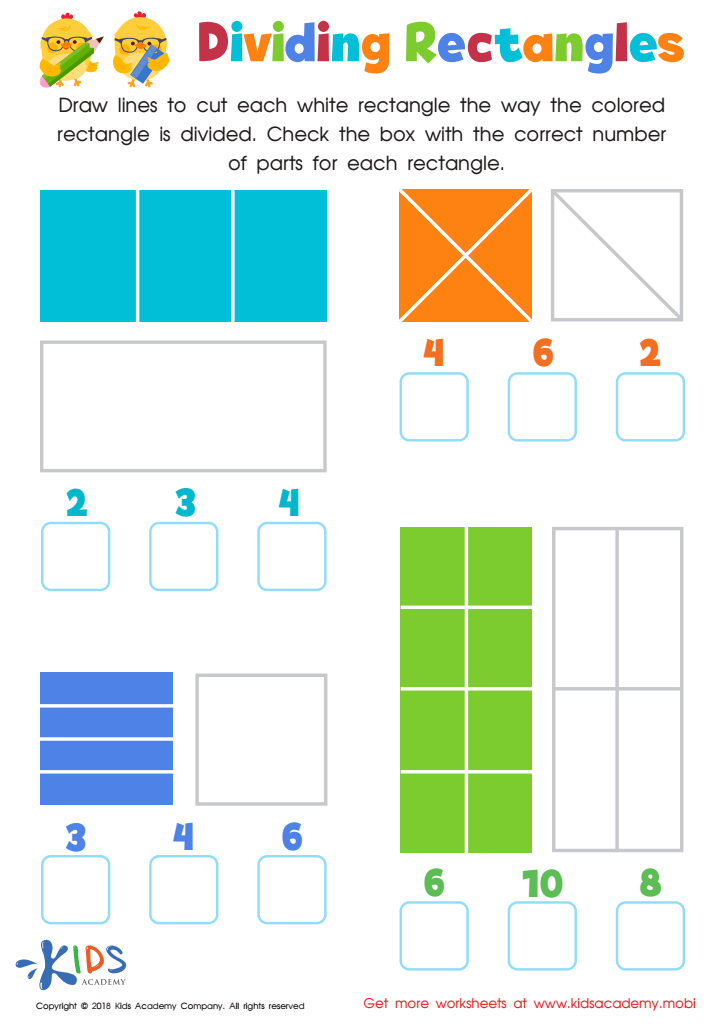

Dividing Rectangles Worksheet
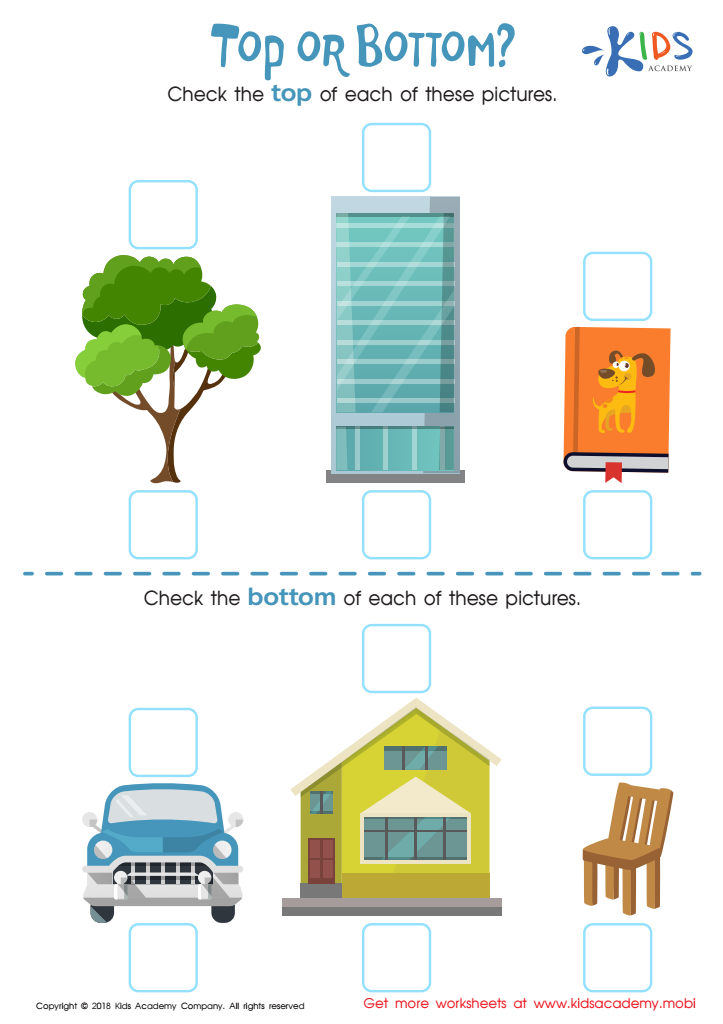

Top or Bottom Worksheet


Over or Under Worksheet


Three–Dimensional Shapes: Cylinder Worksheet
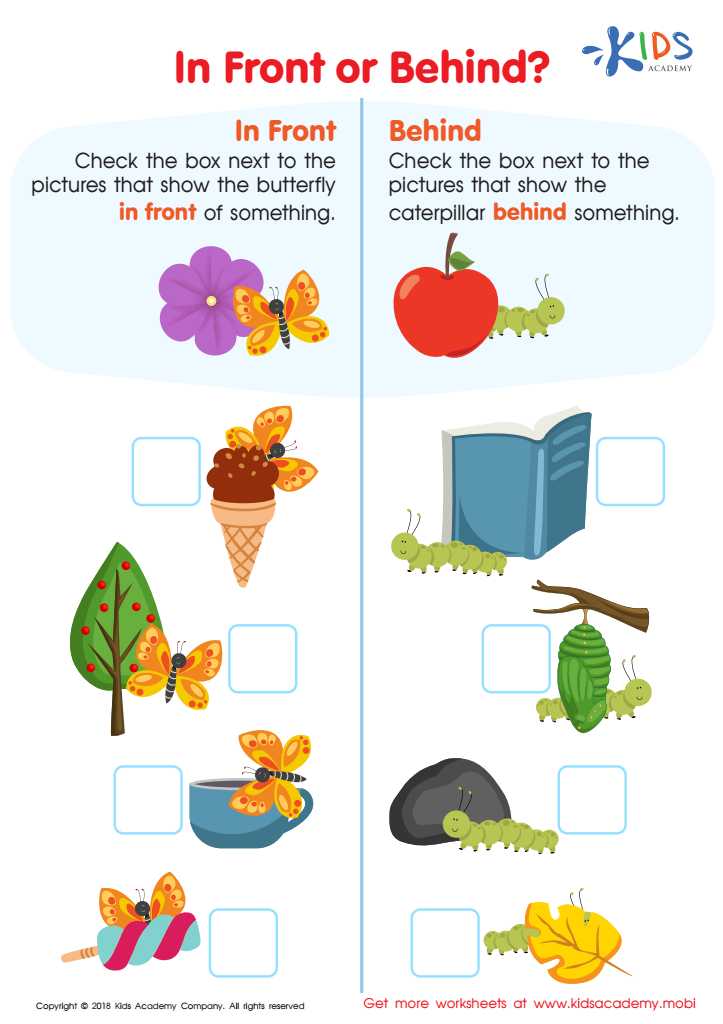

In Front or Behind Worksheet
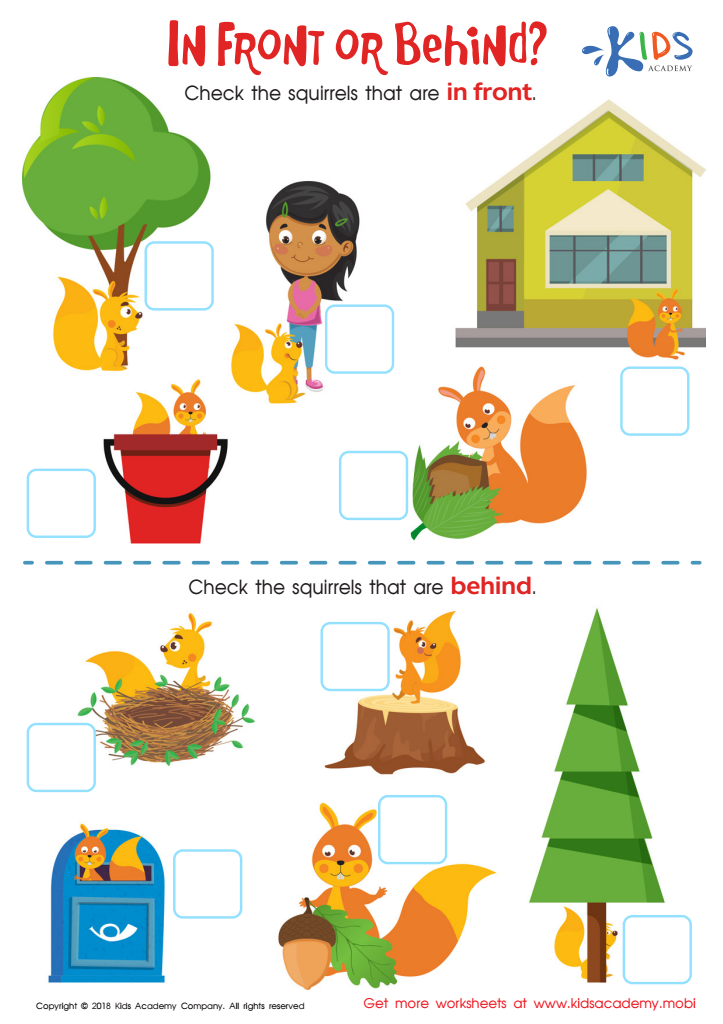

In Front or Behind: Part 2 Worksheet
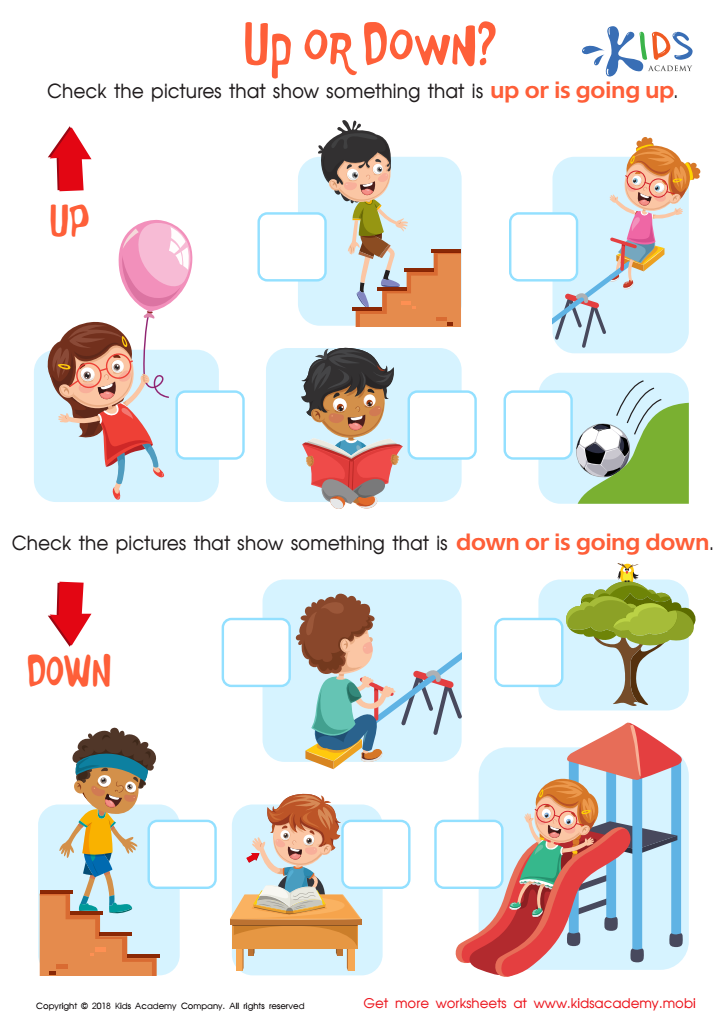

Up or Down Worksheet
Spatial awareness is an essential skill for young children, providing a foundation for understanding more complex concepts later in life. For ages 3-7, developing spatial awareness fosters cognitive growth, math skills, and overall learning experiences. This skill helps children understand location, distance, and relationships between objects in their environment, which is crucial for navigation and everyday tasks.
Incorporating spatial awareness activities, such as puzzles, building blocks, and drawing exercises, encourages problem-solving and critical thinking. These activities require children to visualize and manipulate shapes and positions, enhancing their geometry skills. For instance, when a child correctly places a puzzle piece, they are practicing shape recognition and developing an understanding of spatial relationships.
Additionally, spatial awareness is linked to better performance in STEM (Science, Technology, Engineering, Mathematics) fields. Early exposure to these concepts supports readiness for more advanced subjects like geometry and physics in later years. Teachers and parents should prioritise spatial learning to nurture these essential skills.
Neglecting this aspect of development may result in difficulties in subjects requiring spatial reasoning and problem-solving. Therefore, promoting spatial awareness is crucial for building a solid educational foundation and supporting a child's overall cognitive development. By integrating spatial activities into daily routines, parents and teachers can significantly boost a child's future learning potential.
 Assign to My Students
Assign to My Students





